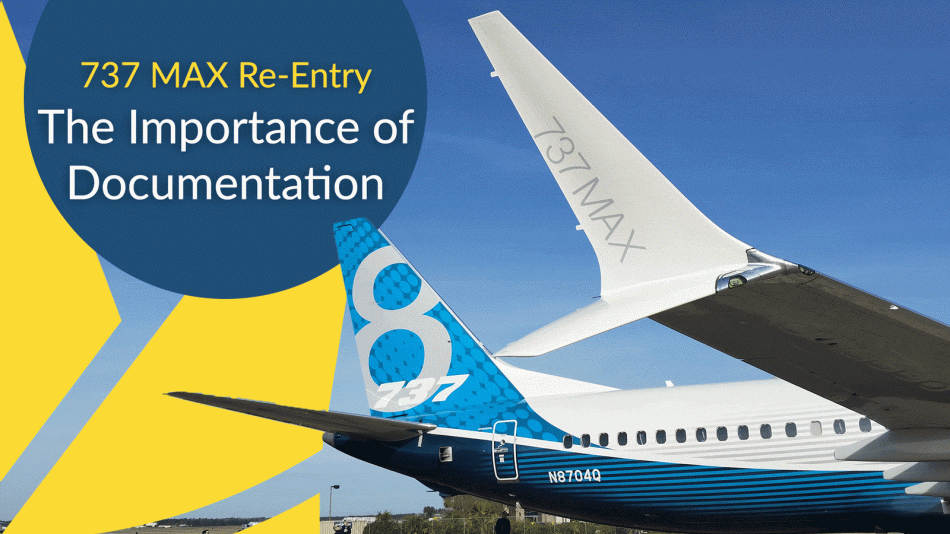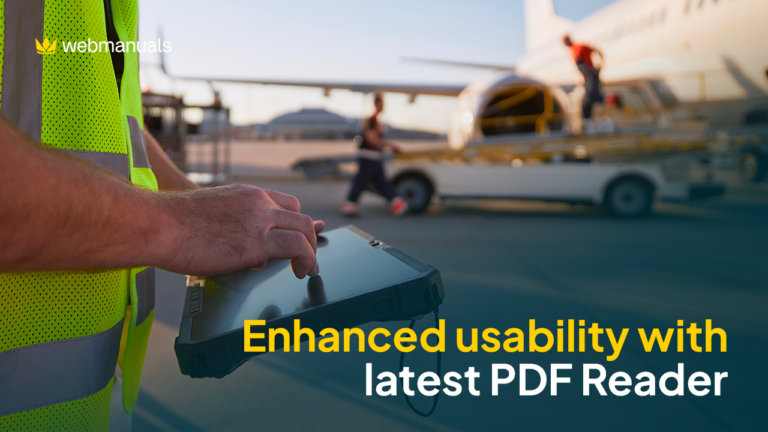Krister Genmark, Director of Operations Americas at Web Manuals explains the importance of documentation when it comes to the 737 MAX re-entry into service in the latest In My Views excerpt of Low-Cost Regional Airlines magazine.

For low-cost and regional airlines who rely on this aircraft for the majority, or entirety, of their routes, being able to implement the changes, training and correct documentation ready to fly their currently ground fleet as quickly as possible will be a critical part of their 2021 plans. Being left behind simply isn’t an option, especially given the current global travel situation.
Once Boeing has completed the formal regulatory process, including comment periods, and made all the necessary changes, airlines themselves will need to execute a number of additional steps before they can take to the skies.
Minimum Training For 737 MAX Re-Entry
In a report issued by the FAA on 6 October 2020, the proposed new minimum training for 737 MAX re-entry pilots includes five scenarios in full-flight simulators preceded by reviews of related checklists and materials. Previous versions of the Flight Standardisation Board (FSB) document did not require any simulator work for pilots with 737 experience transitioning to the MAX, and Boeing did not include any information on the system in 737 MAX flight crew operations manuals, meaning these will all need to be updated.
The updated training manuals will be an important step in finalising the recertification of an airline’s aircraft ready for flight. These documents will then have to be reviewed and approved by their respective certificate management offices, and trainers will need updated materials.
When speaking to a friend who is part of the comment period, Captain Kenneth J. Stravers, recently retired US Airline Part 121 Operator, about the documentation airlines will need to generate, he said: “All 737 MAX re-entry operators must publish and immediately provide intricate aviation manuals, with appropriate schematics, showing the integration of system changes, explaining in detail the handling characteristics of these systems in normal, abnormal and emergency situations. These will be distributed to flight operations, flight training, maintenance and management personnel.”
The driving force behind the additional training and documentation is safety. The revised manuals will need to be distributed amongst all personnel and will encourage the sharing of information amongst an organisation quickly and efficiently, something digitisation will enable. To stay ahead of competitors, low-cost airlines in particular will need to update and distribute these documents quickly, minimising any delays between documents being created and approved and pilots being re-trained and ready.
This surge in attention towards correct and accurate documentation can only be a good thing for safety in our industry.
– Krister Genmark, Director of Operations Americas, Web Manuals Inc
The 737 MAX re-entry will be a crucial component in many low-cost airlines’ Covid-19 recovery strategy and getting the training manuals and regulatory documents right is an important part of that.
Access the article in Low-Cost & Regional Airline Business News here.




